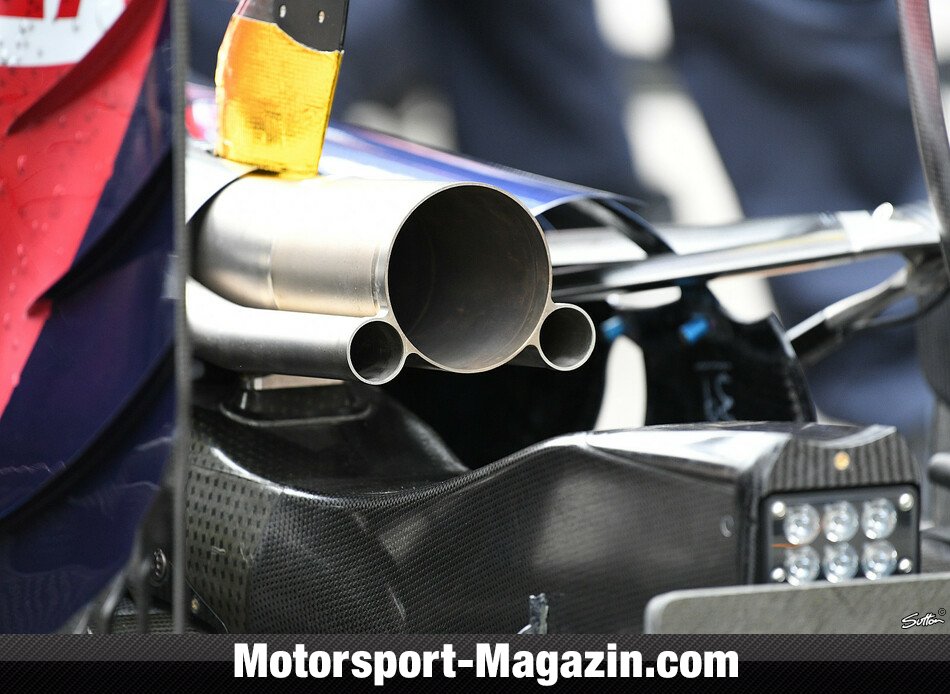It seems that the base of the RW pylon that crosses the exhaust pipe is perpendicular to the air's direction/to the car's axis, like a small airbrake...Aaronque wrote:wow
https://pbs.twimg.com/media/CccgnH6W0AAh7fK.jpg:large

It seems that the base of the RW pylon that crosses the exhaust pipe is perpendicular to the air's direction/to the car's axis, like a small airbrake...Aaronque wrote:wow
https://pbs.twimg.com/media/CccgnH6W0AAh7fK.jpg:large




What do you mean exactly?seezung wrote:Could anyone explain why this is done? Wasnt like this before the Chinese GP, correct?
Im sorry, there was a post in between I see now..matt21 wrote:What do you mean exactly?seezung wrote:Could anyone explain why this is done? Wasnt like this before the Chinese GP, correct?
Cooling. Maybe they need to cool more the LHS radiatiors than the RHS and that's a way to control/reduce aero lossesseezung wrote:Could anyone explain why this is done? Wasnt like this before the Chinese GP, correct?

Interesting also to see how all that smoke, which in the past could have been expected to go under the floor, all goes away from the car's centerline and even more so near the tarmac. Floor sealing in action. That's one strong Y250 vortex!Godius wrote:interesting angle to observe the side-pod undercut and the engine cover area as well:
Or is the lack of wheel rotation messing up all the flows, not to mention being about to turn into the hairpin before the back Strait in Bahrain and therefore not moving terribly quickly...hollus wrote:Interesting also to see how all that smoke, which in the past could have been expected to go under the floor, all goes away from the car's centerline and even more so near the tarmac. Floor sealing in action. That's one strong Y250 vortex!Godius wrote:interesting angle to observe the side-pod undercut and the engine cover area as well:
http://i.imgur.com/aQgfe7c.jpg